Seoul Nori Madang (서울놀이마당)
5.7Km 2021-02-10
136, Samhaksa-ro, Songpa-gu, Seoul
+82-2-2147-2800
Established on December 25, 1984, Seoul Nori Madang offers diverse traditional performances on an outdoor stage to promote Korean folk plays and culture. Performances are regularly held every weekend; it hosts over 120 performances every year and each performance attracts over 1,300 visitors. Within Seoul Nori Madang is Songpa Folk Preservation Association, which offers seminars on folk plays such as Songpa Sandae Nori and Songpa Baekjung Nori for students, free of charge.
Chamdaegutang (참대구탕)
5.7Km 2021-09-01
3, Hangang-daero 62-gil, Yongsan-gu, Seoul
+82-2-798-7380
This is a Korean cuisine located in Itaewon, Seoul. Clear fish soup boiled with codfish (fish). The best menu at this restaurant is codfish stew.
Seokchon Lake Cherry Blossom Festival (호수벚꽃축제)
5.7Km 2025-03-25
136 Samhaksa-ro, Songpa-gu, Seoul
+82-2-2147-2800
Seokchon Lake Cherry Blossom Festival is an annual event held at Seokchon Lake. The event takes place between late March to mid-April, when cherry blossoms beautifully decorate the lakeside park. In addition, a variety of performances, exhibitions, and hands-on activities also take place during the festival period.
Chungmuro Jjukkumi Bulgogi (충무로 쭈꾸미 불고기)
5.7Km 2024-03-11
11, Toegye-ro 31-gil, Jung-gu, Seoul
+82-2-2279-0803
Opened in 1976, Chungmuro Jjukkumi Bulgogi is Michelin-starred restaurant. Their signature dish is jjukkumi (webfoot octopus), which is marinated in hot seasoning using traditional know-how. Grilled over charcoal with pen shells, it offers a perfect dish. The spicy and sweet jjukkumi goes well with the bean sprout soup. When you're done eating, fry up some rice and enjoy a delicious meal.
Davich Optical - Bangbae Branch [Tax Refund Shop] (다비치안경 방배)
5.7Km 2024-04-23
4, Bangbae-ro 20-gil, Seocho-gu, Seoul
-
Olive Young - Dongmyo Station Branch [Tax Refund Shop] (올리브영 동묘앞역)
5.7Km 2024-04-17
37-1, Jibong-ro, Jongno-gu, Seoul
-
Dongdaemun Bonga Gamasot Seolleongtang (동대문본가가마솥설렁탕)
5.7Km 2024-03-15
299-1 Jong-ro, Jongno-gu, Seoul
+82-2-741-1510
Dongdaemun Bonga Gamasot Seolleongtang is a seolleongtang (ox bone soup) restaurant located near Dongdaemun Fashion Market. The rich-tasting seolleongtang is boiled for 24 hours in a traditional cast-iron pot, using beef from ten different parts of the cow, and the process is visible from outside the restaurant. It is recommended to enjoy the seolleongtang wrapped in rice with a side of tangy radish kimchi. Yennal bulgogi (old-fashioned bulgogi) and yukhoe bibimbap (beef tartare bibimbap) made with Korean beef are also popular menu items.
Everest (에베레스트)
5.7Km 2019-09-02
2-1, Jong-ro 51ga-gil, Jongno-gu, Seoul
+82-2-766-8850
Nepal is located in the southcentral region of the Himalayan Mountains between India and Tibet, accounting for its diverse mixture of both country's cultures. Restaurant Everest allows guests to enter this culturally diverse world by offering cuisine from Nepal, India, and Tibet. In addition, Everest is operated by a Nepali owner, serving affordable food to tourists and students interested in the culture of Nepal. Customers can learn of the traditional food and culture of Nepal while listening to Nepali music and watching movies. The restaurant also provides a seminar area for various meetings.
Cheonggyecheon Stream (청계천)
5.7Km 2024-05-16
Changsin-dong, Jongno-gu, Seoul
+82-2-2290-7111
Cheonggye Plaza was built on Sejong-ro Street, where Cheonggyecheon Stream begins. It was built between Dong-A Ilbo, the starting point of the Cheonggyecheon Stream restoration, and Sindap Railroad Bridge, with a length of 160 meters, a x_width of 50 meters, and a total area of 6,962 meters squared. The plaza is decorated with fountains, waterfalls, and walking paths. It was created as a place for meetings, harmony, peace, and unification, to celebrate the significance of the restoration of Cheonggyecheon Stream. A miniaturized version of Cheonggyecheon Stream is displayed here, providing an overview of the restored stream. There are also interpretive panels about the 22 bridges that cross Cheonggyecheon stream. Fountains of various shapes create beautiful scenery. Cheonggyecheon Stream is accessible from the square through stairs on the left and Cheonggye Trail on the right. There is also an 18-meter tunnel on the Cheonggye Trail, providing a unique experience for citizens entering Cheonggyecheon Stream from the plaza. After constructing Cheonggyecheon Plaza, the Seoul Metropolitan Government made it a car-free street on public holidays so that the plaza, waterside area, and streets could be used as cultural spaces for citizens to relax. A spectacular sight is created by three-color lights illuminating the fountains and a two-tiered waterfall coming down from a x_height of four meters. Palseokdam, made of eight stones from eight provinces in Korea, was laid along the waterfall's sides.
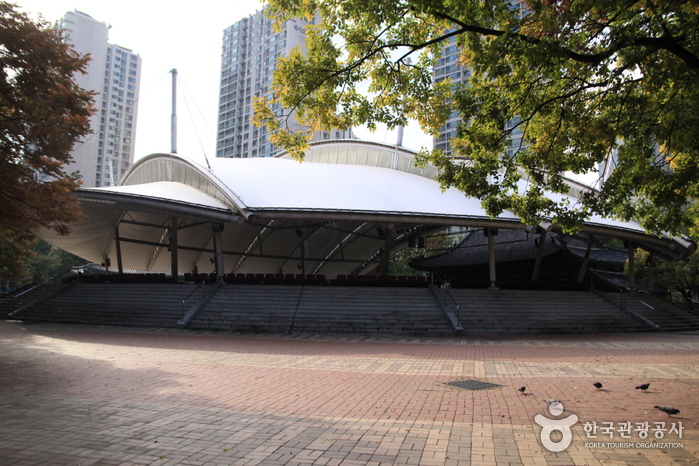
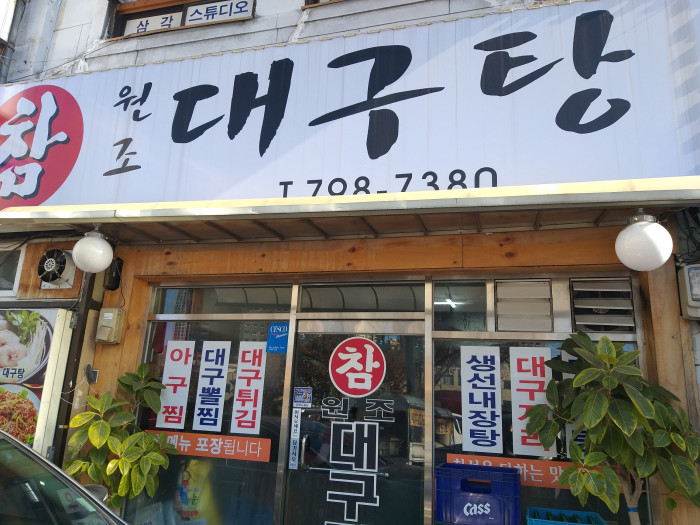
![KGC - Dongmyo Branch [Tax Refund Shop] (KGC 동묘점)](http://tong.visitkorea.or.kr/cms/resource/91/2878191_image2_1.jpg)
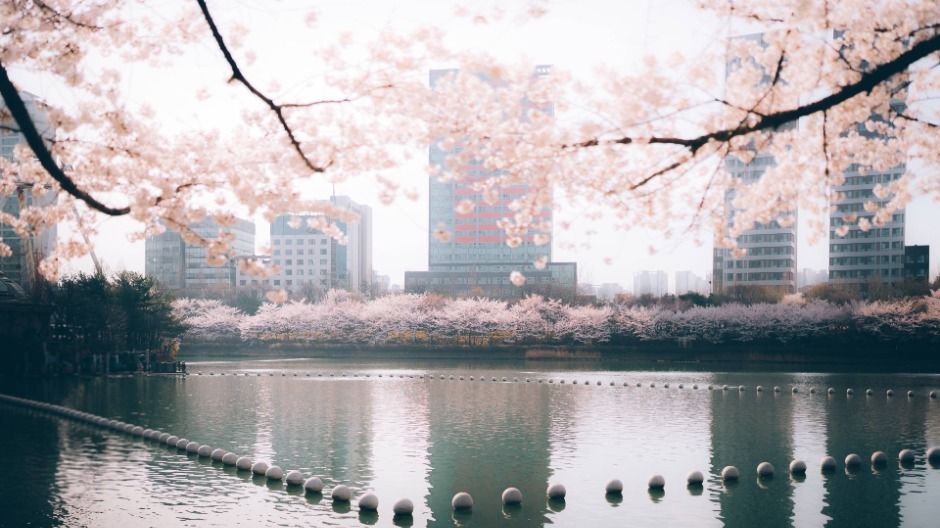

![Davich Optical - Bangbae Branch [Tax Refund Shop] (다비치안경 방배)](http://tong.visitkorea.or.kr/cms/resource/24/2889024_image2_1.jpg)
![Olive Young - Dongmyo Station Branch [Tax Refund Shop] (올리브영 동묘앞역)](http://tong.visitkorea.or.kr/cms/resource/87/2878187_image2_1.jpg)
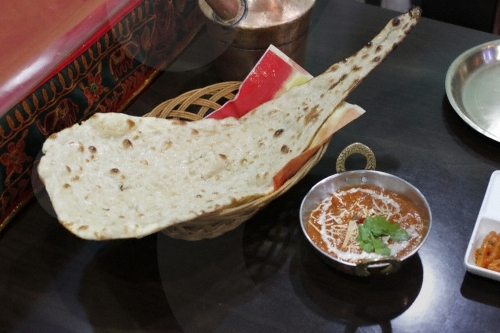
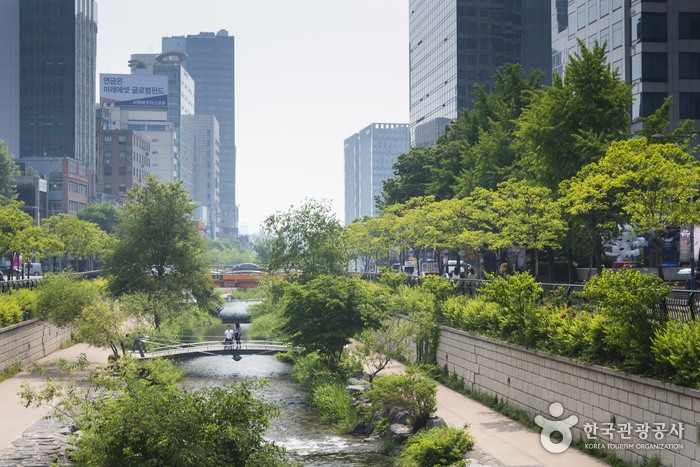
 English
English
 한국어
한국어 日本語
日本語 中文(简体)
中文(简体) Deutsch
Deutsch Français
Français Español
Español Русский
Русский